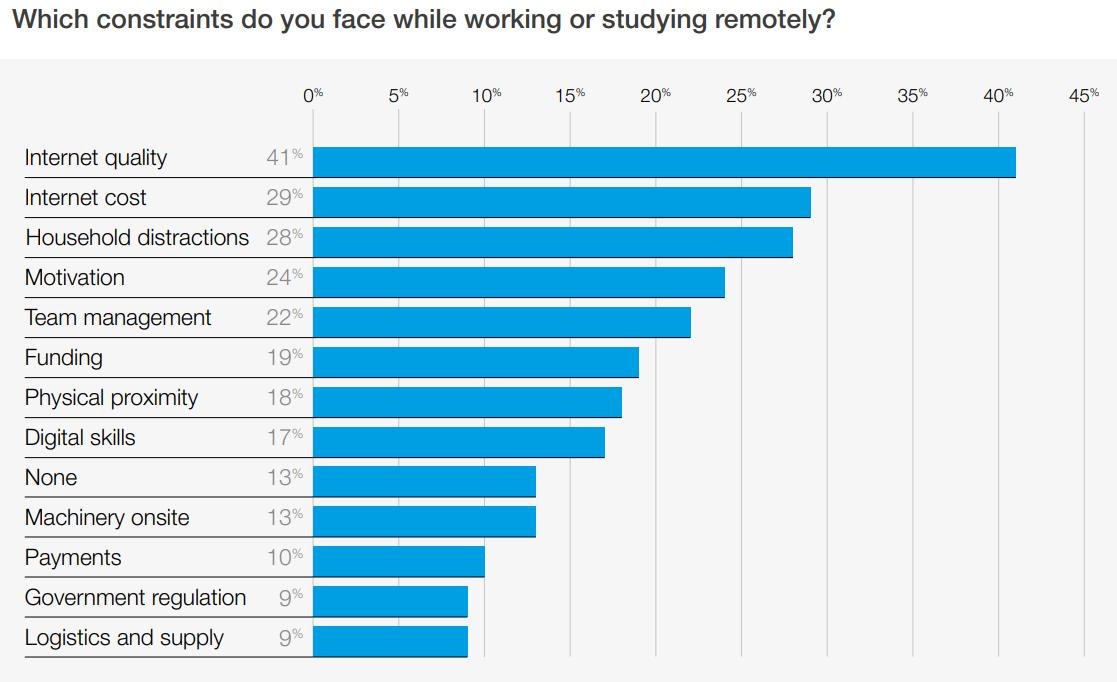LEARNING institutions in Southeast Asia (SEA) needed to pivot to virtual classroom settings and leverage on remote learning tools to accommodate learners and ensure education is delivered everywhere, despite the health crisis. They used technology to navigate abrupt changes and implemented strategies to minimize learning loss amid unprecedented school shutdowns.
With governments rolling out recovery plans and ramping up vaccination, economies across the globe are beginning to reopen. However, education systems in SEA will approach face-to-face learning more cautiously as new Covid-19 variants are discovered. Thus, institutions will continue to explore online learning models and incorporate new technologies which will assist educators and learners in maintaining continuity and building capacity to help them thrive in an ever-changing environment.
As learning institutions respond to the evolving needs of both students and educators while navigating uncertainties posed by the health crisis, here are top trends that will shape the region’s education systems in 2022:
Pivot to hybrid learning: As businesses implement remote working arrangements, academic institutions will leverage on the concept and embrace the remote learning setting. The pandemic has transformed the education system and taught institutions to be more flexible by considering various teaching models—provided learning objectives are still met. In 2022 education institutions will be offering options to students to be on-campus or choose some level of hybrid learning. Moreover, this pivot to hybrid strategy will not only attract and retain students, but also pave the way for the rise of microcredential courses, which will urge workers to seek reskilling and upskilling.
Reliance on technology in line with adoption of hybrid learning: Throughout the pandemic, technology has served as an enabler, as well as played a crucial role in student engagement and learning efficiency. To increase capacity and address challenges of hybrid learning, it’s crucial for education institutions to invest in technology. Accessibility of resources will be a key focus, and schools will utilize new tools to enhance communication and collaboration. This will trigger initiatives to improve information-technology (IT) infrastructure in learning-management systems, Internet connectivity, and learning resources. Also, schools will look to revitalize their learning design strategy to ensure their online courses and digital pedagogies are purposely-fit.

Increased attention on equitable access to resources and technology to empower students: Lessons and assessments originally designed for in-person classes were modified in haste to fit remote learning settings. Moreover, in less developed parts of the region, unreliable IT infrastructure and inequitable access to technology have hampered the implementation of remote learning during the pandemic. Faced with limited resources and increased pressure to meet learning objectives, it has led some students to feel overwhelmed and even resort to academic misconduct such as plagiarism or contract cheating. Moving forward, learning institutions and governments in the region will introduce changes to education systems to improve equal access to technology and resources, to ensure no student is left behind.
Personalization of education for improved learner experience: With the use of educational technology supporting the switch to hybrid learning, there is a chance to personalize and create a learner-focused experience. To achieve this, schools and universities must harness software-learning analytics to identify patterns of student performance. Real-time data tracking of knowledge mastery or gaps during both high- and low-stakes online assessment allows for timely, meaningful feedback and helps guide instruction methods. Equipped with such up-to-date insights, educators can reduce the risk of students falling behind. Indeed, extracting the value of this data is key to building more personalized learning plans in Southeast Asia that better meet the needs of individual learners.
Assessments will evolve to support the changing landscape: They have not changed significantly for years; however, the pandemic has forced learning institutions to rethink their approach. On the agenda is the design of more authentic, robust assessments and learning activities that can fully engage students in both the online space and hybrid modes. As assessments move away from merely assigning grades, their design and interpretation will also integrate methods to identify how and when learning occurs, as well as assist educators in providing effective feedback to students and improve lesson designs, instructional approaches, plus curriculum.
The profound changes due to the pandemic have triggered a rethinking of the traditional methodologies employed to educate students within the system. With increased focus on enhancing the learner experience and the advent of digital technologies to improve learning modalities, we will see more opportunities to innovate, enabling education systems to respond to the needs of the modern world.
00000000








